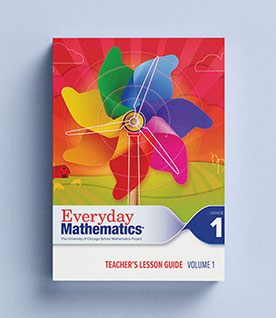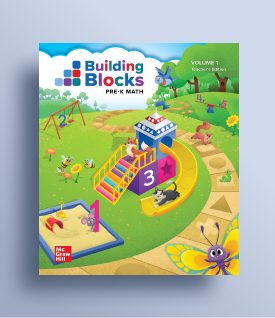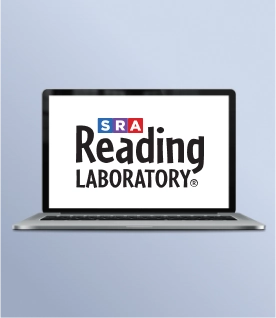My Account Details

Language for Writing
Grades: 2 - 5
Language for Writing teaches students the conventions of clear writing, the vocabulary needed to describe actions, events, and objects, and the sentence structures required to put complex ideas into writing. Ongoing exercises teach students how to write narratives, use specific words, make precise comparisons, summarize, and proofread.


















































Social Studies
View all Social Studies Programs
IMPACT (K–5)
Actively Learn (3–12)
New Social Studies (6–12)
Networks (6–12)